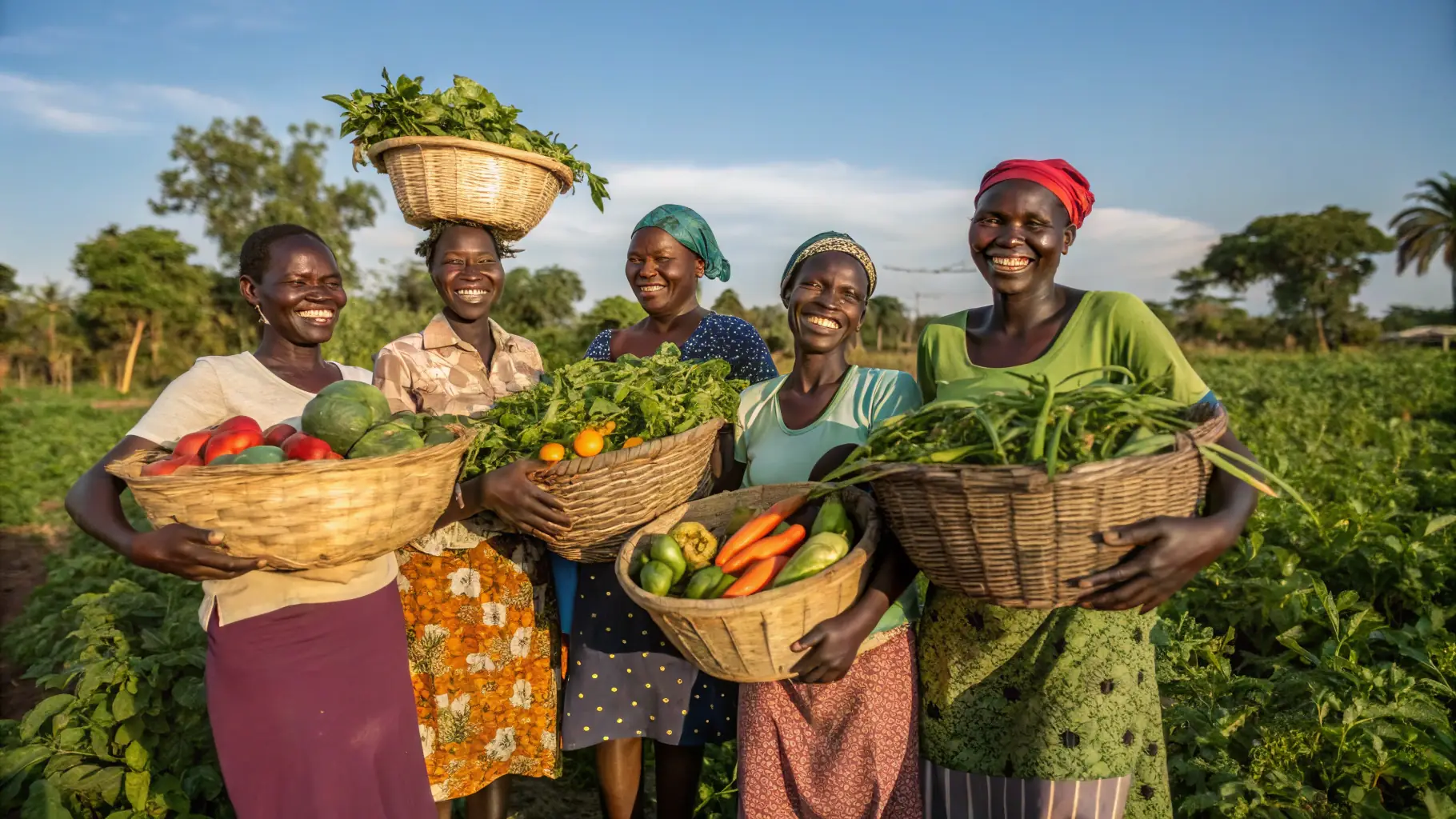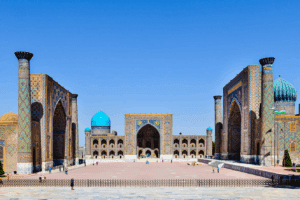Women in Sub-Saharan Africa produce most of the region’s food. They grow crops, manage livestock, and sell at markets. Yet they’re rarely the ones making big decisions or accessing the tools that could boost their output. If we want real agricultural development, that has to change.
The Inequality Gap
Women make up nearly half of Sub-Saharan Africa’s agricultural labor force (FAO, 2011). Despite this, they face major barriers. Land ownership is limited. Access to credit is worse. Training, inputs like fertilizer, and access to markets? Men get the lion’s share. This isn’t just unfair. It’s inefficient.
A report by the World Bank found that if women had the same access to resources as men, their farm yields could increase by 20 to 30 percent. That could feed an extra 100 to 150 million people globally (World Bank, 2012). That’s not just about food. That’s about survival.
A Closer Look: Ethiopia’s Land Certification Program
Ethiopia offers a good case. In 2003, the government rolled out a land certification program. The idea was simple-give smallholders certificates that prove they own their land. What made it different? Women were included. In fact, in many regions, certificates were issued jointly to husbands and wives.
The result? More security. More investment in land. And crucially, more bargaining power for women. A study by Holden and Bezu (2014) showed that women who received joint certificates were more likely to rent land, invest in soil conservation, and even send their daughters to school.
This didn’t fix everything. Women still struggled with credit. But it was a major step. Ownership gave them confidence and control. That ripples through communities.
Breaking the Credit Barrier
Land helps, but money talks. Access to credit remains one of the biggest hurdles. Without collateral, banks won’t lend. And when land is in a man’s name-or not certified at all-women get left out.
Some programs are stepping in. CARE’s “Pathways” project in Malawi provided women farmers with access to village savings and loan associations. The change wasn’t just financial. Women reported feeling more respected in their households and more active in community leadership (CARE, 2015).
Give women money, and they reinvest in their families. This isn’t a feel-good slogan. It’s backed by data. Studies show women are more likely than men to spend farm profits on food, healthcare, and education (Duflo, 2012).
Training and Tech: Not Just for Men
Agricultural extension services-training, info, tools-often target men. But when women don’t get the same knowledge, the whole system suffers. In Ghana, only 12 percent of female farmers had access to extension services compared to 48 percent of men (MOFA, 2016). That’s a waste of potential.
Mobile tech has started to close this gap. In Uganda, the “Agri-Fin Mobile” project delivered market info and advice straight to farmers’ phones. Women using the service saw increased productivity and better prices (Mercy Corps, 2017).
Tech isn’t a magic fix. But it’s a way around traditional structures that shut women out.
Policy Shifts That Work
What works?
- Joint land titling. As Ethiopia shows, when women’s names are on the deed, they gain power.
- Gender-sensitive credit programs. Microfinance must include women from the start, not as an afterthought.
- Equal access to training. Extension services need to target women directly. That means hiring more female agents too.
- Support for women’s groups. Cooperatives, associations, savings groups-these give women a platform.
Governments must also enforce inheritance laws that protect women’s rights. Too often, “custom” trumps the law in rural areas.
Power Means Progress
Empowering women in agriculture isn’t a handout. It’s a strategic move. When women thrive, farms produce more. Families eat better. Communities grow stronger.
The numbers back it up. The stories show it. Now policies need to reflect it.
We don’t need more pilot projects or one-off initiatives. We need systems that see women as full-scale farmers and leaders. Sub-Saharan Africa’s future depends on it.
References
CARE. (2015). Pathways to Empowerment: Stories of Change from Women Farmers. CARE International.
Duflo, E. (2012). Women Empowerment and Economic Development. Journal of Economic Literature, 50(4), 1051–1079.
FAO. (2011). The State of Food and Agriculture 2010–2011: Women in Agriculture. Food and Agriculture Organization of the United Nations.
Holden, S., & Bezu, S. (2014). Land Registration and Land Rental Market Participation in Ethiopia. Journal of African Economies, 23(4), 593–613.
Mercy Corps. (2017). Agri-Fin Mobile Project Final Report.
MOFA. (2016). Agricultural Extension Policy Strategy. Ministry of Food and Agriculture, Ghana.
World Bank. (2012). World Development Report 2012: Gender Equality and Development. World Bank.



